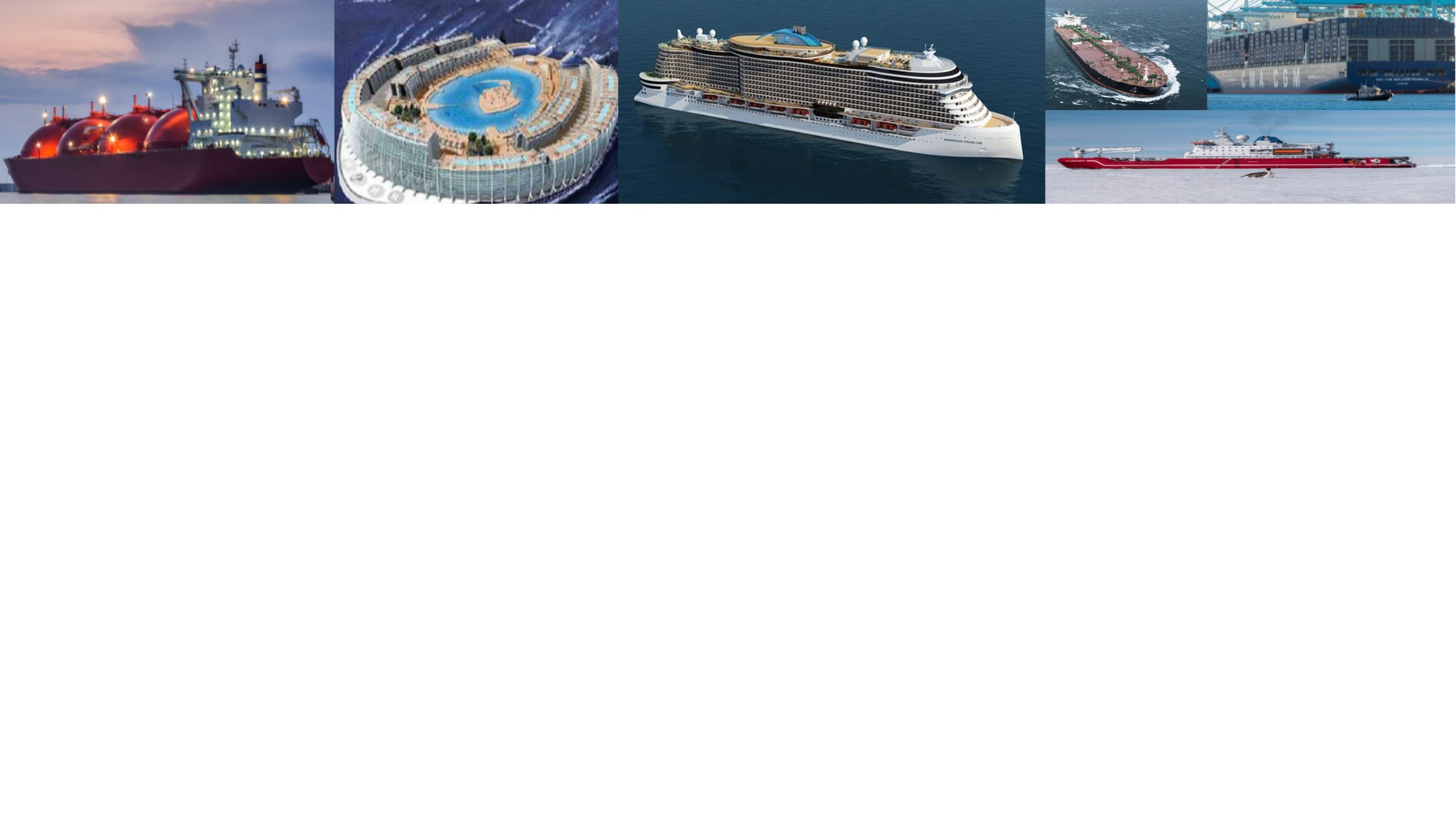
LEARNING OUTCOMES
Understands the different disciplines of naval architecture and different phases of the product development cycle. Can identify the different design methods and tools for different disciplines and can select the design tools based on the design stage. Remembers the basic terminology and notations of the naval architecture and search field specific literature for different design tasks.
Credits: 5
Schedule: 17.09.2021 - 17.12.2021
Teacher in charge (valid for whole curriculum period):
Teacher in charge (applies in this implementation): Spyros Cheirdaris
Contact information for the course (applies in this implementation):
CEFR level (valid for whole curriculum period):
Language of instruction and studies (applies in this implementation):
Teaching language: English. Languages of study attainment: English
CONTENT, ASSESSMENT AND WORKLOAD
Content
valid for whole curriculum period:
The course will start with an introductory phase identifying a generic framework for ship design using the classical design spiral. Ship mission, main dimension and powering requirements are defined using statistical methods. Hull form definition is based on the hydrostatics, hydrodynamics and ship general arrangement. Definition of ship structure, equipment and machinery at conceptual level using reference techniques. Weight estimation is carried out using statistical methods and initial ship geometry.
Assessment Methods and Criteria
valid for whole curriculum period:
Compulsory assignment and compulsory lectures
Grading scale : 1 - 5 ; 50% grading will be based on exam (25% from 1st Mid term exam + 25% from 2nd mid term exam OR 50% from Final exam), 50% on assignment (25% on Assignments from Week 1 - Week 10 and 25% based on final assignment submission and gala performance).
Workload
valid for whole curriculum period:
Contact Teaching (Lectures : 2h x 10 + Tutorials : 2h x 10 + 6 h Gala Attendance) = 46h
Exams 3h x 2 = 6h
Group Assignments : 20h
Self Study : 60h
TOTAL : 132h (aprox. 5 ECTS)
DETAILS
Study Material
valid for whole curriculum period:
Lecture notes, selected journal and conference articles and the following books:
- Naval Architecture for Non-Naval Architects, by Harry Benford (1991), ISBN 0-939773-56-2
- Sustainability in the Maritime Industry: A Collection of Relevant Papers edited by Rich Delpizzo, Haifeng Wang, and Andrew Panek (2011), ISBN: 978-0-939773-87-9
- Ship Design and Construction edited by Thomas Lamb (2003) ,ISBN 0-939773-40-6 (Vol I) ISBN 0-939773-41-4 (Vol II) Book
- Principles of Naval Architecture Series: Edited by the Society of Naval Architects and Marine Engineers (SNAME) Book
- Basic Ship Theory, Combined Volume 5th Edition ; Authors: E. C. Tupper KJ Rawson, ISBN: 9780750653985 eBook ISBN: 9780080523385 Imprint: Butterworth-Heinemann Published Date: 5th October 2001 Page Count: 784
- Martin Stopford Maritime Economics - 3rd Edition Book;
Substitutes for Courses
valid for whole curriculum period:
Prerequisites
valid for whole curriculum period:
SDG: Sustainable Development Goals
3 Good Health and Well-being
11 Sustainable Cities and Communities
13 Climate Action
FURTHER INFORMATION
Further Information
valid for whole curriculum period:
See: https://mycourses.aalto.fi/course/view.php?id=25587#section-0
Teaching Period:
2020-2021 Autumn I-II
2021-2022 Autumn I-II
Course Homepage: https://mycourses.aalto.fi/course/search.php?search=MEC-E1004
Registration for Courses: In the academic year 2021-2022, registration for courses will take place on Sisu (sisu.aalto.fi) instead of WebOodi.
WebOodi
